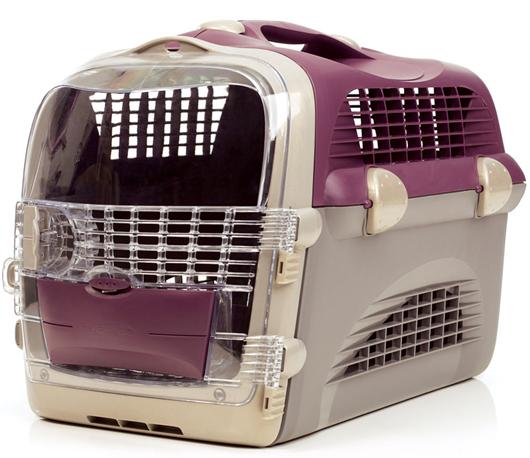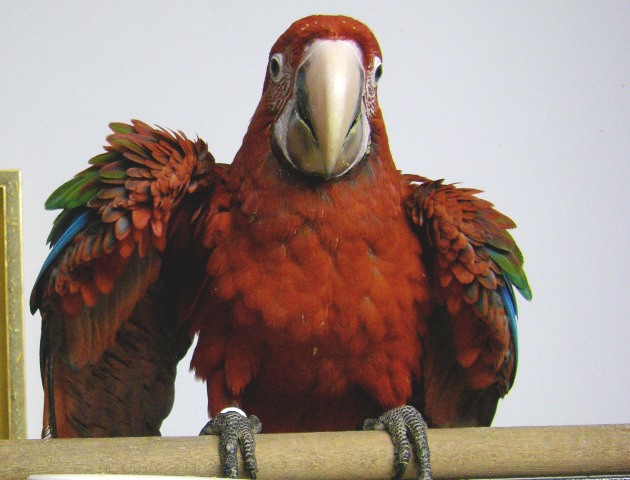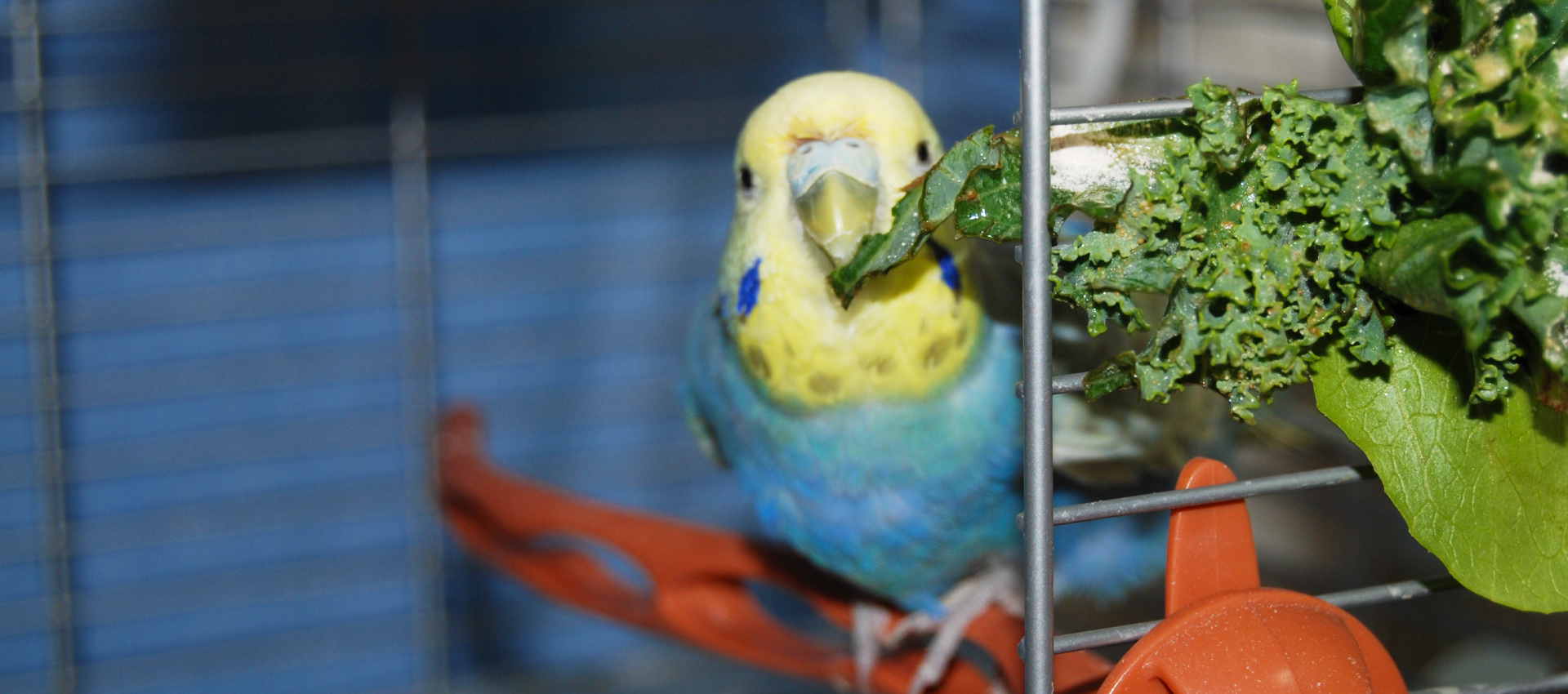Your cart is currently empty!

HARI Official Brand Site

Let’s look in depth at the various quarters mentioned in the HARI & Parrot Life series Versatile Living Quarters and Lifestyle for Your Parrot, a study of how this can benefit a long lasting relationship with your avian companion.
This cage should be used for the fledgling-weaning age till the juvenile age and can then be converted to a sleeping-retreat and boarding cage. The size of the cage should be relatively small. If you can envision the full size of the bird with full wing- span and multiply this by two-three you should have a reasonable space. Once perched, the tail feathers should not touch the bottom of the cage.
Although you will be tempted to buy a larger “starter cage”, remember that at weaning age the chick can be intimidated by a spacious environment, and so favoring this small , secure and comforting cage size will prove beneficial to the young fledglings first steps.
This cage should integrate comfortable perches such as rope perches initially installed at lower heights adjusting daily to the fledglings grip, agility & confidence. Simple (straight not twisted) natural branches (of maple or apple) can also be installed in the weaning cage when the chick is more agile. HARI does not recommend a self-grooming perch for the weaning cage. Fledglings have delicate and sensitive feet and exposing them to a grooming perch could cause the early onset of podo-dermatitis (bumblefoot). It is unfortunate that the most favored perch for a young parrot often has non-slipper properties. Initiating your young fledgling to having their nails groomed slightly by a rotary tool is definitely less damaging than having to use a grooming perch for this purpose in the future.
Toys should not be integrated within this cage. Focus will be on weaning and sleeping thus there is no place for toys, with the exception of an acrylic foraging toy perhaps!
Several food bowls are positioned to be easily accessible for the fledgling, as it must learn to wean from what is found within the cage. A full spectrum light can be placed near the weaning cage and exposed a few hours per day.
A snuggly fit cage cover should be used to shelter the young fledgling periodically during the day. Initially, 3 sides of the cage and top should be covered during the gradual stages of adaptation to a new environment. The fledgling cage should be placed in a retreated space in your home ensuring a quite, non-distracting, non-invasive environment.
White or recycled newspaper should be used to liner the cage bottom .This will allow visual monitoring of the droppings, essential when ensuring healthy weaning supervision & assessment of what is truly consumed by the chick.
At this weaning age we recommend the chicks be supplementary fed within the cage and not removed to a counter to be fed. Exaggerated and prolonged begging for supplemental feedings can trigger the onset of screaming and restlessness if the chick associates the feeding with the caretaker and retrieval from the cage. An optimum diet such asTropican High Performance Weaning Granules should be offered in this cage along with a stainless steel or ceramic water dish.
As your chick matures to a separate day and night cage, the weaning cage will be perfectly suited for a sleeping cage. Undesirable behaviors can be quickly managed, and ultimately modified when a comfortable and secure retreat is offered that promotes undisrupted sleep. The sleeping-retreat cage should not encourage playing activities, as this is a place to relax and wind down. Birds may accidentally get caught up in toys during the night and have less chance of being rescued since they are not under supervision.
Grooming perches are usually favored as a sleeping perch by older birds, yet this type of abrasive perch should not be used for night perching. Rope or a natural perch should be offered in the sleeping cage. Offering strictly an optimum diet such as Tropican within the sleeping cage will again favor the ingestion of the healthiest food early in the morning, no fruits or veggies should be offered in the sleeping cage for risk of spoiling overnight. The cage liner should be white paper changed daily, facilitating visual inspection of the droppings each morning for health monitoring. A cage cover (without holes as birds can get entangled in these during the night!) should be fitted to the sleeping cage. A night lamp can be placed in the room near the sleeping cage to prevent night freights and trashing.
The sleeping cage is usually favored as a boarding age, or weekend escape to the cottage cage! Choosing a cage model that is suitable for your bird and fits easily in your car is ideal!
This cage should be 3-4 times the size of the sleeping cage. This one will most probably never fit inside your car! Realistically, a suitable quality day cage can easily cost more than the purchase of the parrot itself and so allowing monthly financing for this purchase while the parrot is still at its fledgling age can help disperse the cost over a longer period of time, ensuring optimum living quarters for its lifetime. Catalogue selection of the desired model can prevent storage challenges for the stores.
The placement of the day cage should be in a well lighted, enriching part of the house. Television, radio, aquarium, mirrors, windows, visual interaction with other pets (compatible with your parrot of course!) can contribute to enriching the day cage’s environment. A full spectrum light should be installed in close proximity to optimize its’ beneficial properties.
Foraging activities, destructible and indestructible toys should be offered in the day cage, foot toys in a toy basket along with a foraging box. Perches of various textures and diameters can be placed within and around the cage. A stainless steel or ceramic water bowl, a water bottle as well as different feed bowls can be adapted to the cage. This cage should be functional, esthetic, easy to clean & of safe design and construction as you will be seeing this one everyday in your living space!
A reliable avian flight harness to promote controlled and supervised flight training such as the Aviator harness manufactured by the Parrot University should be one of the first investments made when adopting your bird. Hopefully the aviculturist had the opportunity to harness train your chick as a fledgling!

An avian transporter is recommended and should be used periodically to accustom the bird to the safe environment it offers and prevent stress when traveling to and from the clinic for routine or emergency visits. Socially well adjusted parrots travel, and the more functional the transport cage is the more likely you will be to travel with your bird! The size for the transport cage should be suitable for the size of the particular species. A perch, water & food bowl, special toy and easily cleaned liner or substrate should also be adapted for longer travels. The transporter should not be left on the top shelve of the backyard shed! It should be clean, adapted for emergency transport, accessible and visible by all, ideally placed near the day cage. A transport cage should be available for every bird in your home in case of an emergency evacuation.
Note: it is favorable to have your companion comfortable within the transport cage but caution must be taken to prevent a parrot from accessing his transport cage by itself too often, taking refuge in it as it would at a nesting cavity.
A training stand is primordialto encourage and reinforce education. The dark ages when birds were displayed on training stands with wire domes are far behind us, we hope! This is the equivalent of the pupil’s school desk, and should not be misconceived as an activity center. This stand should provide a comfortable and stable perch mounted below eye level. Training sessions are most successful when positioned in a neutral zone, sheltered from distraction. Various models offer a collection tray underneath, two bowls ideally for water as training sessions can use food rewards, offered as positive reinforcements by the trainer.

Parrot caretakers must be creative and intuitive by offering enriching environmental stimuli while providing gratifying and challenging occupational activities. Such activities may include foraging, stimulating exercise, daily misting to promote preening. With a little creativity these activities can all be possible at the exercise activity centre. A Christmas tree stand to support a natural tree trunk with numerous branches (java, manzanita, apple or maple) can be the foundation for the creative activity centre. Vinyl tiles or acrylic floor panels are recommended to allow the possibility of misting and facilitate cleaning, as this is the place to encourage shredding, chewing & foraging activities. Rope nets can also be used as a foundation to hang an activity center from the ceiling.
A reliable scale and adapted scale perch for routine weight monitoring is also part of a versatile lifestyle, your companion should be comfortable and rewarded to visit the scale perch daily!
Combining ingenuity, creativity, and the availability of safer materials for flight construction, outdoor living quarters should be an essential habitat provided for all companion parrots if possible. It is recommended to have a double wire protection built around the outdoor flight to prevent the intrusion of predators and prevent our cherished feathered companions from escaping or having their feed contaminated with small mammal excrements. Various adaptations to the cage should include the construction of a sun barrier and rain barrier as excessive exposure to direct sun and severe rain can be a health hazard.

Take advantage of our resource hub, which provides a variety of quick links to aid you in your research endeavors.